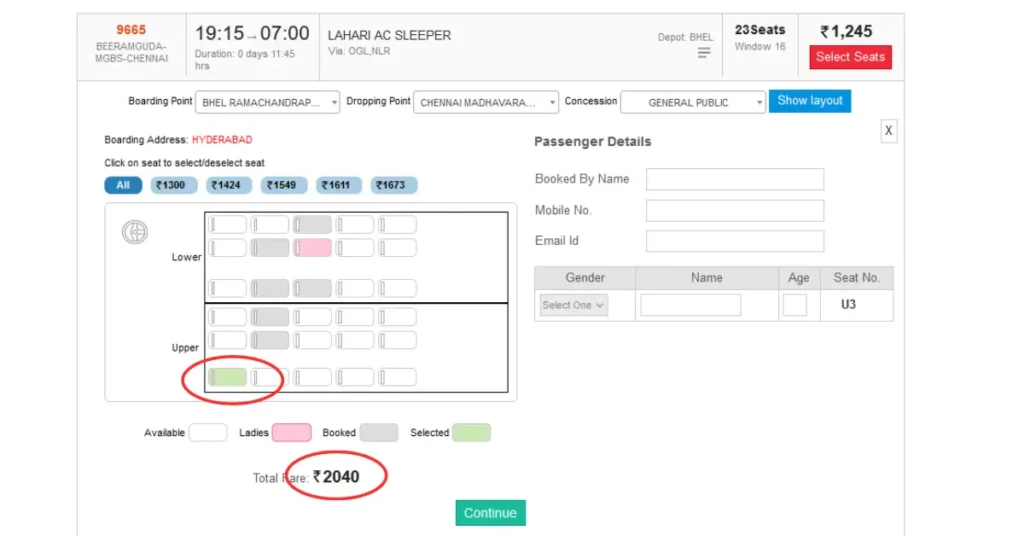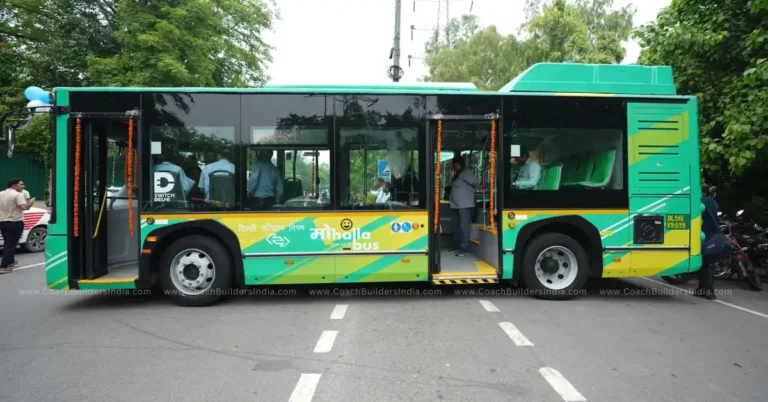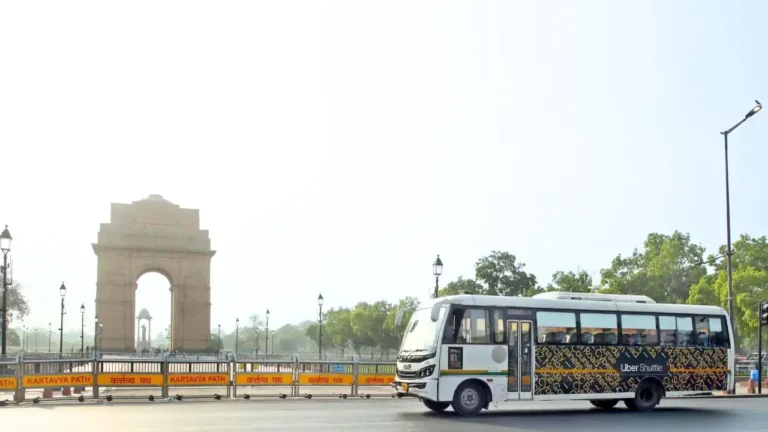Why TSRTC AC Buses are Struggling to Attract Passengers?
While officials attribute the low turnout of TSRTC AC buses to evolving commuter preferences and dynamics, let’s explore whether additional factors may be contributing to this trend.

The Telangana State Road Transport Corporation (TSRTC) is grappling with low passenger turnout for its air-conditioned (AC) bus services, revealing hurdles in promoting premium transportation amidst evolving commuter preferences and dynamics.
Despite the promise of comfort and convenience, TSRTC AC buses are experiencing dwindling ridership, indicative of shifting travel patterns and commuter habits.
TSRTC officials assert that despite their commitment to delivering quality AC bus services, the low turnout can be attributed to evolving passenger preferences.
To combat this low turnout, TSRTC has announced effective promotional strategies, such as offering a 10% discount on its Lahari AC services.
However, the turnout still remains low.
To gain deeper insights into the low turnout experienced by TSRTC AC buses, we conducted interviews with a few passengers to better understand their preferences.
Of the four passengers interviewed, three highlighted the comparatively steep pricing of TSRTC buses in comparison to its private competitors.
Furthermore, they noted that private operators offer superior amenities and service levels, further detracting from the appeal of TSRTC buses.

Jagan Reddy, a passenger, told us, “Private buses provide superior vehicles, enhanced amenities, and higher service standards, all at competitive prices. Understandably, passengers are drawn to these operators.”
To verify his statements, we conducted a swift internet search and found that passengers’ assertions were accurate.
While the price for a single berth in a 2+1 sleeper in a TSRTC AC bus between Hyderabad and Chennai is listed at Rs 2,040, renowned private operators like Intrcity SmartBus offer a similar berth for Rs 1,308.

In our article discussing the 10% discount on TSRTC Lahari Buses, we revealed that the discount process lacked transparency.
Furthermore, even with the discount, TSRTC’s prices remained significantly higher than those of private operators.
Overall, the challenges faced by TSRTC in attracting passengers to its AC bus services underscore the critical importance of a well-calibrated pricing strategy, especially in a price-sensitive market like India.
To bolster the uptake of its AC bus services, TSRTC must explore innovative avenues such as competitive pricing, service enhancements, and targeted marketing initiatives.
By aligning its offerings more closely with the preferences and expectations of modern commuters, TSRTC can optimize its service delivery and enhance its competitiveness in the transportation sector.
Catch the latest Bus Industry updates, Exclusive Interviews, Bus News, and International Bus News on Coach Builders India. Download the latest issue of the The Bus Insider magazine for more insights.







